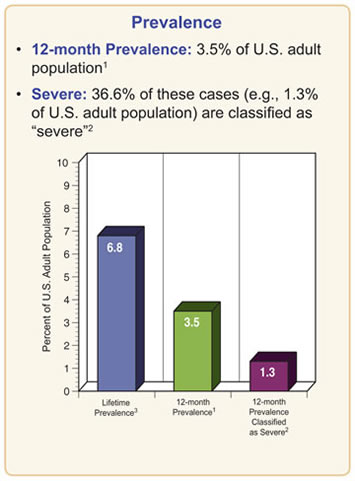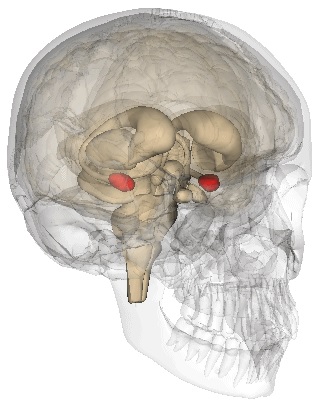If you're scared of spiders, frightened of flying, petrified of public speaking, or experience any other sort of phobia, a new solution may be on the horizon. A team of neuroscientists has discovered a way to remove specific fears from the brain using a combination of artificial intelligence (AI) and brain scanning technology. Their approach, published in the inaugural edition of Nature Human Behavior, could lead to new ways of treating patients who suffer from phobias or post-traumatic stress disorder (PTSD).
According to the National Institute of Mental Health, approximately 19 million U.S. adults (or 8.7% of the adult population) suffer from prominent and persistent fears at the sight of specific objects or in specific situations. Meanwhile, PTSD affects about 7.7 million U.S. adults and can develop after a person experiences a trauma such as military combat or sexual assault. A common approach for patients to overcome their anxiety is to undergo aversion therapy, by which they expose themselves to their fear in the hope that they will learn that the thing they fear isn’t harmful after all. However, this treatment is unpleasant and many choose not to pursue it.

PTSD affects about 7.7 million U.S. adults, or 3.5% of the U.S. adult population. Of these cases, 36.6% are classified as severe. Image Credit: National Institute of Mental Health.
The authors of this new study, in an effort to develop alternate treatments for anxiety, combined AI and brain scanning technology in a technique called “Decoded Neurofeedback.” In their experiment, the team created a “fear memory” in 17 healthy volunteers by administering a brief electric shock when they saw a certain computer image. The brain scanner monitored participants’ mental activity and identified signs of that specific fear memory. Using AI image recognition, the team could read that fear memory information. They then had to figure out how to remove the fear memory without consciously evoking it.
“We realized that even when the volunteers were simply resting, we could see brief moments when the pattern of fluctuating brain activity had partial features of the specific fear memory, even though the volunteers weren’t consciously aware of it,” said Dr. Ben Seymour, a co-author of the study and a neuroscientist at the University of Cambridge’s Engineering Department. “Because we could decode these brain patterns quickly, we decided to give subjects a reward — a small amount of money — every time we picked up these features of the memory.”

The amygdalae, highlighted in red, act as the brain's fear center. Image Credit: Life Science Databases/WikiCommons.
The team repeated this procedure over three days. Volunteers were told that the cash rewards they earned depended on their brain activity, but they didn’t know how. By continuously connecting subtle patterns of brain activity linked to the electric shock with a small reward, the scientists hoped to gradually and unconsciously override the fear memory.
“In effect, the features of the [fear] memory that were previously tuned to predict the painful shock were now being re-programmed to predict something positive instead,” said Ai Koizumi, the study's lead author and a researcher at the Center of Information and Neural Networks in Osaka, Japan.
At the end of the study, the team showed the volunteers the same pictures that were previously associated with the electric shocks. The brain’s fear center, the amygdala, no longer showed any enhanced activity. “This meant that we'd been able to reduce the fear memory without the volunteers ever consciously experiencing the fear memory in the process,” said Koizumi.
The experiment was a small one and further research is needed, but if the Decoded Neurofeedback approach becomes a verified clinical treatment for people with phobias or PTSD, patients can avoid the stress associated with exposure therapies and the side effects associated with traditional drug-based treatments.
You can read about the study, titled “Fear reduction without fear through reinforcement of neural activity that bypasses conscious exposure,” at www.nature.com .
Source: EurekAlert, Mashable
Advertisement
Learn more about Electronic Products Magazine





